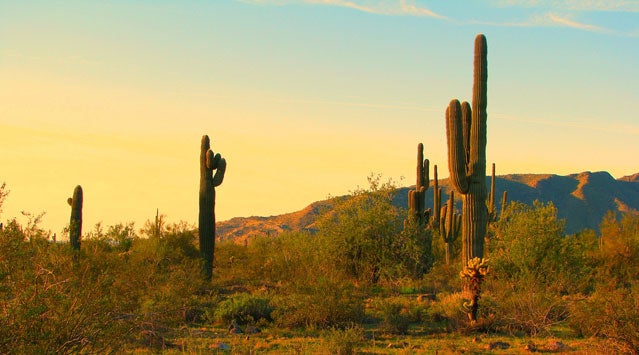1. Not bringing enough water.
2. Not bringing electrolyte replacements.
3. Not bringing enough water.
4. Hiking during the middle of the day in the summer.
5. Thinking that because they are in great shape, they’re acclimated to the heat.
Let’s look at some of these:
Not bringing enough water
During the summer, I suck down three gallons or more a day during desert survival courses I teach for the military—even though the course doesn’t involve much hiking and we hole up from 12 to 4 p.m. to avoid overheating. Don’t skimp on the water, and don’t plan on finding it in the backcountry, no matter how wet a spring it has been. The best water source is your kitchen tap. Plan ahead.
Not bringing enough electrolyte replacements
Water by itself isn’t enough to keep the human body going. We also need quality electrolytes to replenish sodium and potassium lost through perspiration. If you don’t get them, you run the risk of developing hyponatremia, or “water intoxication,” which can be life-threatening. I add in some GU2O or Vitalyte to all of my drinking water. Try to consume two to three packets of electrolyte powders per day, depending on your activity level.
Not bringing enough water
Bring water. Enough said.
Hiking in the middle of the day
There’s a reason the siesta came about in the Southwest and other desert regions. Think like a coyote: I generally get shade-hungry about 11 a.m. and find a nice cool spot to relax, rehydrate and take a catnap until the cooler hours.
Thinking that because they’re in good shape, they’re acclimated to the heat
Many of the hikers who get dragged out of the Grand Canyon each summer with heat-related injuries are endurance athletes or otherwise in superb physical condition. The reason? They have a big engine but a little radiator. It takes about a week of living in the heat full time before your body becomes acclimated and can handle heat stress efficiently.


